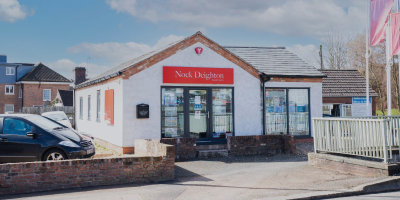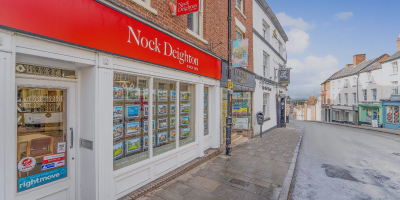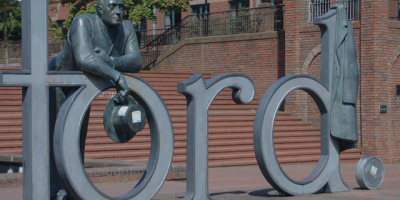-
Sales
-
Lettings
- Landlord Hub
- Tenant Hub
- Investment Opportunities
- Application Process
- Corporate Lettings
- Report an issue
- Portfolio Management
- Lettings Property Search
- Landlord Resources
- Tenant Resources
Are You Landlord? Start Letting With Nock Deighton Book a Valuation - Land & New Homes
- Careers
-
About Us
-
Contact Us
Navigation
-
Sales
- Auctions
- Get a ValuationOnline or In person
- How we sell Your propertyThe Nock Deighton Way
- Home Finder
- Purchase Services
- Your Resources
- Find a Mortgage
- Discreetly Marketed Properties
-
Lettings
- Lettings & Property Management
- Landloard Hub
- Investment Opportunities
- Corporate Lettings
- Portfolio Management
- Landlord Resources
- Tenant Hub
- Application Process
- Report an issue
- Lettings Property Search
- Tenant Resources
- Land & New Homes
- Careers
- About Us
- Contact Us
Are You Landlord? Start Letting With Nock Deighton Book a Valuation
Sales Property Search

What is the difference between Yield and ROI (return on investment)?
What is the difference between Yield and ROI (return on investment)?
If you are a new landlord, or thinking about investing in property, you may have seen articles or attended property events which mention both Yield and/or ROI, with sometimes considerably different figures!
In a nutshell, both terms are used for different reasons. Below is a simple explanation of each term and how it is calculated.
What is Yield?
Yield is generally used by agents, to provide an easy property-by-property comparison without taking personal investment and individual costs into account.
In short we divide the purchase price by the annual rent and multiply by 100, to give a percentage. For example: :
- You buy a property for £150,000
- You rent it out at £700 per calendar month
- 700 x 12 = £8,400 (annual rent) divided by £150,000 x 100 = 5.6% gross yield
However, Yield doesn’t take into consideration management fees, void periods, maintenance costs, repairs, bills. In other words, it doesn’t tell you about all the costs involved with owning a property.
What is Return on Investment?
ROI takes into account all of the expected costs involved with investing in the property, so it gives the investor a better picture of the deal for them personally. ROI neatly sums up the ratio between how much you’re putting in versus how much you’re getting out of it. It’s important to keep things simple to understand and to analyse.
Here’s an example of ROI:
- Purchase price: £150,000
- 25% Deposit: £37,500
- Stamp duty & conveyancing fees: £5,000
- Rental income at £700 pcm = £8,400
- Annual Mortgage repayments of £3,375
- based on an example interest only mortgage rate of 3%)
- Est. annual maintenance costs and management fees of £1,680
- £8,400 minus total costs of £5,055 = £3,345 profit
- Divided profit by investment of of £42,500 x 100 = 7.87% ROI
ROI will differ depending on the amount YOU are investing (including refurbishment/redecoration costs), the type of mortgage you choose and estimated maintenance costs. Leasehold properties should also take into account service charges and ground rents.
To help you calculate your own Return on Investment for a property you are considering, use our FREE ROI calculator, which you can use as many times as you like:
Dawn Clarke
Big Changes Landlords Need to be Aware of: The Proposed EPC Overhaul
Read moreWhat the Latest Rightmove Data Means for Sellers in the Midlands
Read moreAutumn Budget 2025: What it means for Landlords - and why now is the time to Review Your Strategy
Read more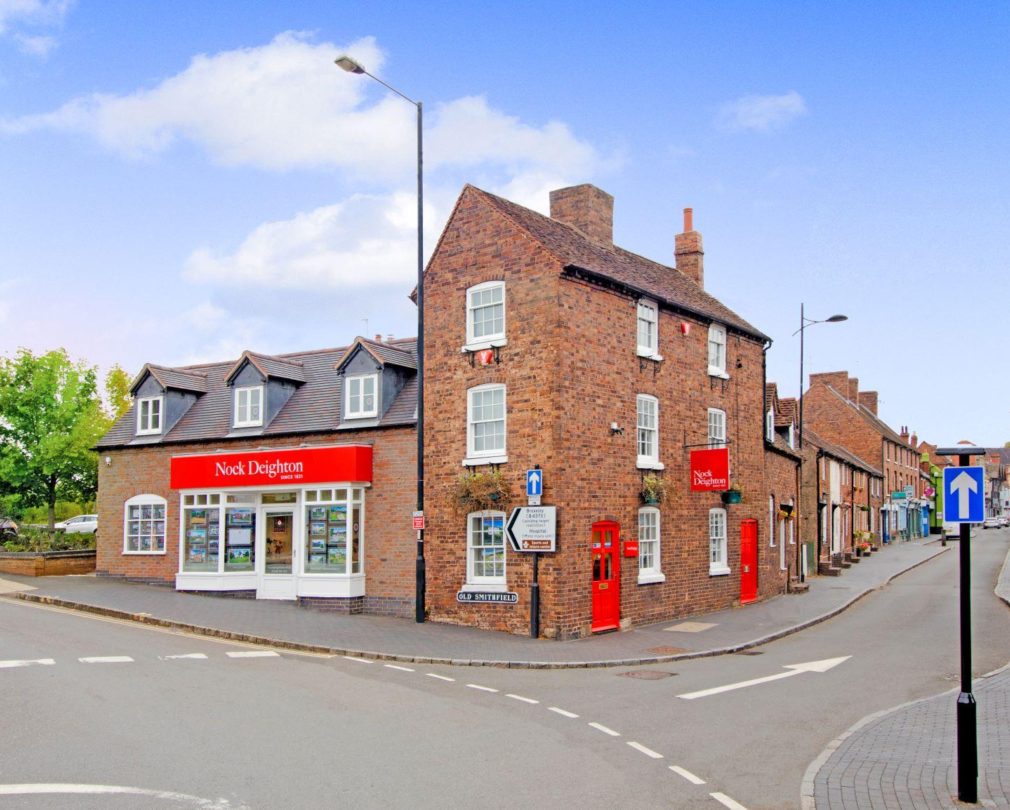
Old Smithfield, 34-35 Whitburn Street, Bridgnorth, Shropshire, WV16 4QN
© Nock Deighton 2023 - Privacy | Complaints | Terms | handcrafted by isev
Nock Deighton (1831) Limited Trading As Nock Deighton, Registered in England. Company No: 06589318. VAT No: 456 7415 27. Registered office: Old Smithfield, 34 – 35 Whitburn Street, Bridgnorth, WV16 4QN

Find out what your house is worth?
Get a free valuation and find out how much your property could sell or let for.

- Bridgnorth 01746 767 767
- Ironbridge 01952 432 533
- Telford 01952 292 300
- Worcestershire 01562 745 082
- Cleobury Mortimer 01299 271 477
- Ludlow 01584 875 555
- Shrewsbury 01743 770 005
- Lettings & Property Management 01952 290 163
- Land & New Homes 01746 770001
Call us to arrange a valuation




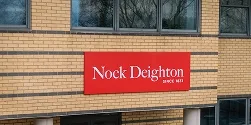




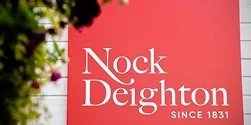
 Payment
Payment


